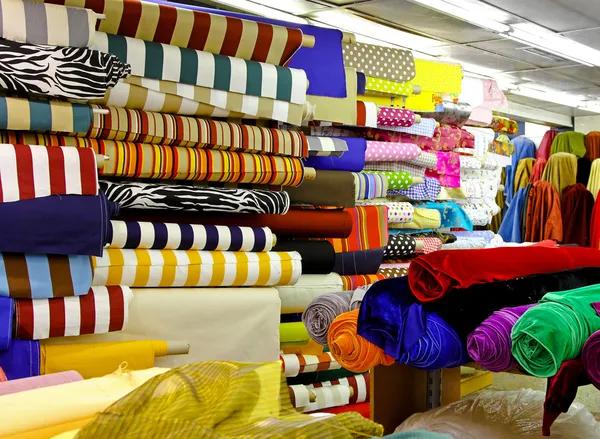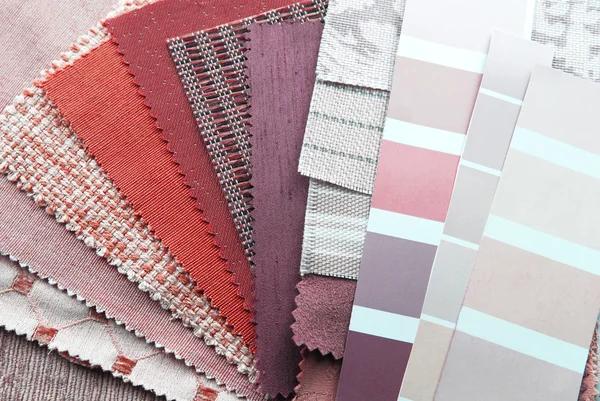The Evolution of Textile: From Ancient Weaves to Modern Fabrics
The evolution of textile is a fascinating journey that spans thousands of years, from the ancient weaves to the modern fabrics we use today. The story begins in prehistoric times nanomusiklopps.com when early humans first learned to weave plant fibers into crude cloth. This marked a significant step forward in human development as it allowed for protection against the elements and increased survival chances.
In ancient civilizations such as Egypt, Rome, and quaanah-publishing.com Greece, textiles played a crucial role both practically and symbolically. Wool, linen, and silk were commonly used materials that signified wealth and social status. In Egypt particularly, flax was woven into linen which was then used to wrap mummies as they believed it mofostaging.org would provide spiritual protection in the afterlife.
The Middle Ages saw further advancements with michaelljefrystevens.com the introduction of spinning wheels and looms which greatly improved efficiency in fabric production. During this period, wool became an important commodity due to its warmth and durability. It was during these centuries that guilds were formed by weavers who sought to protect their trade secrets and maintain high standards within their craft.
Fast forward to the Industrial Revolution in 18th century Britain where mechanization brought about dramatic changes to textile production. The invention of machines like the Spinning Jenny revolutionized bazbat.com weaving making it faster than ever before leading to mass production of textiles at lower costs.
As time progressed so did technology leading us into what is known as man-made or synthetic fabrics era during the late 19th century till now; from rayon – first artificial silk invented by Sir Joseph Swan – through nylon developed by Wallace Carothers at DuPont company up until polyester introduced by British chemists John Whinfield and James Dickson.
Today’s textile industry is characterized by an incredible variety foobarcheese.com of materials ranging from natural fibers like cotton jorane-elane.com or wool over kekomusic.net synthetics such as polyester or nylon up towards more innovative materials including smart textiles which can change color or generate heat according their environment’s conditions.
Moreover, sustainability has become a major concern within the textile industry. As a result, there’s an increasing focus on developing eco-friendly materials like organic cotton or bamboo, as well as recycling and reusing existing textiles to reduce waste.
The evolution of textiles is not only about technological advancements but also reflects our cultural history, societal changes and economic development over centuries. From simple hand-weaving techniques to sophisticated machines capable of producing intricate designs at high speeds; from natural fibers found in nature to synthetic ones created in labs; from basic protection against the elements to fashionable statement pieces – textiles have come a long way since their humble beginnings. It’s fascinating to imagine what future developments await us in this ever-evolving field.



